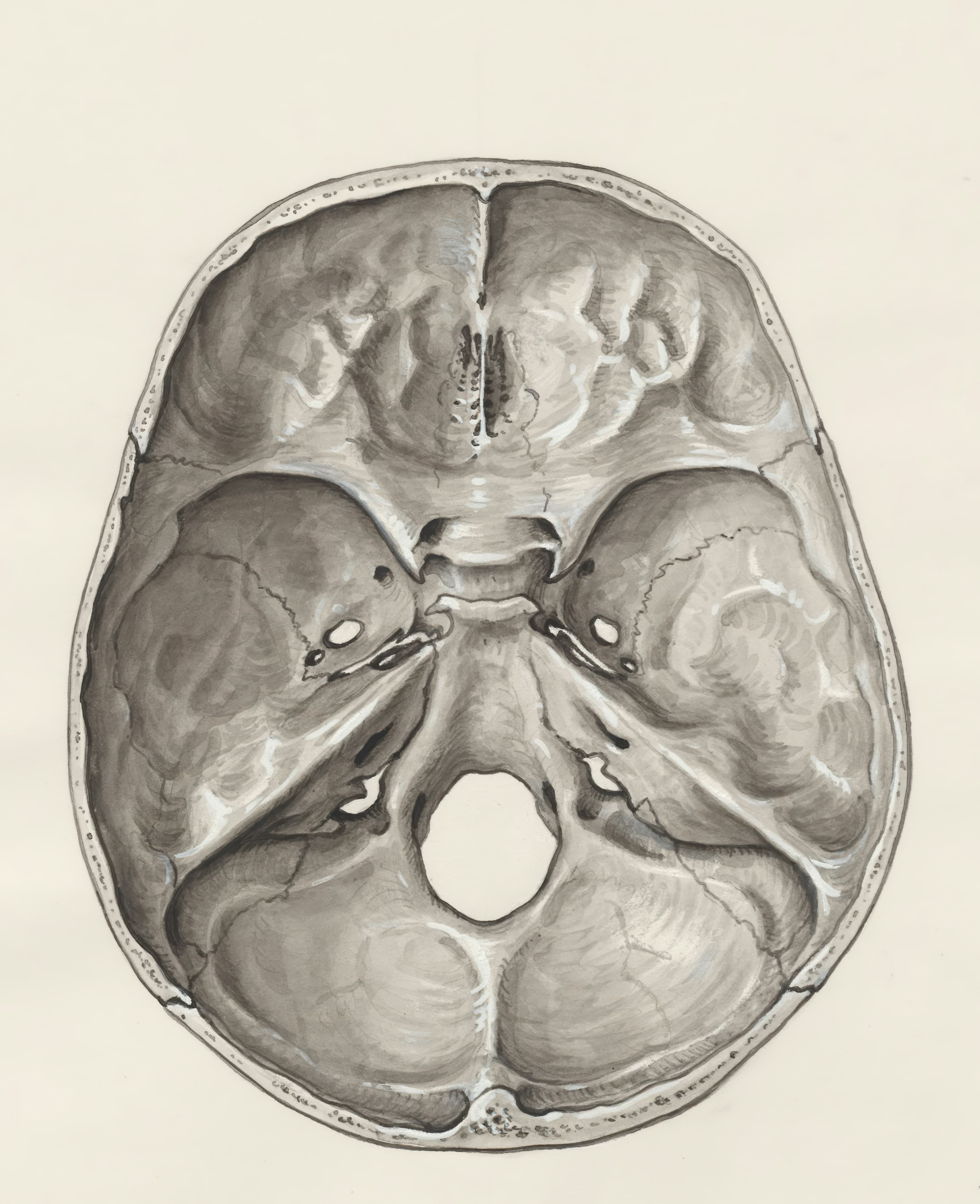Malaria is a life-threatening disease caused by a parasite called Plasmodium. It is transmitted to humans through the bite of infected female Anopheles mosquitoes. Malaria can be found in many parts of the world, particularly in tropical and subtropical regions.
The Parasite Behind the Disease
The Plasmodium parasite has multiple species, with five species causing malaria in humans. The most common and deadliest species are Plasmodium falciparum. Once inside the human body, the parasite infects and multiplies within red blood cells, leading to the characteristic symptoms of malaria.





